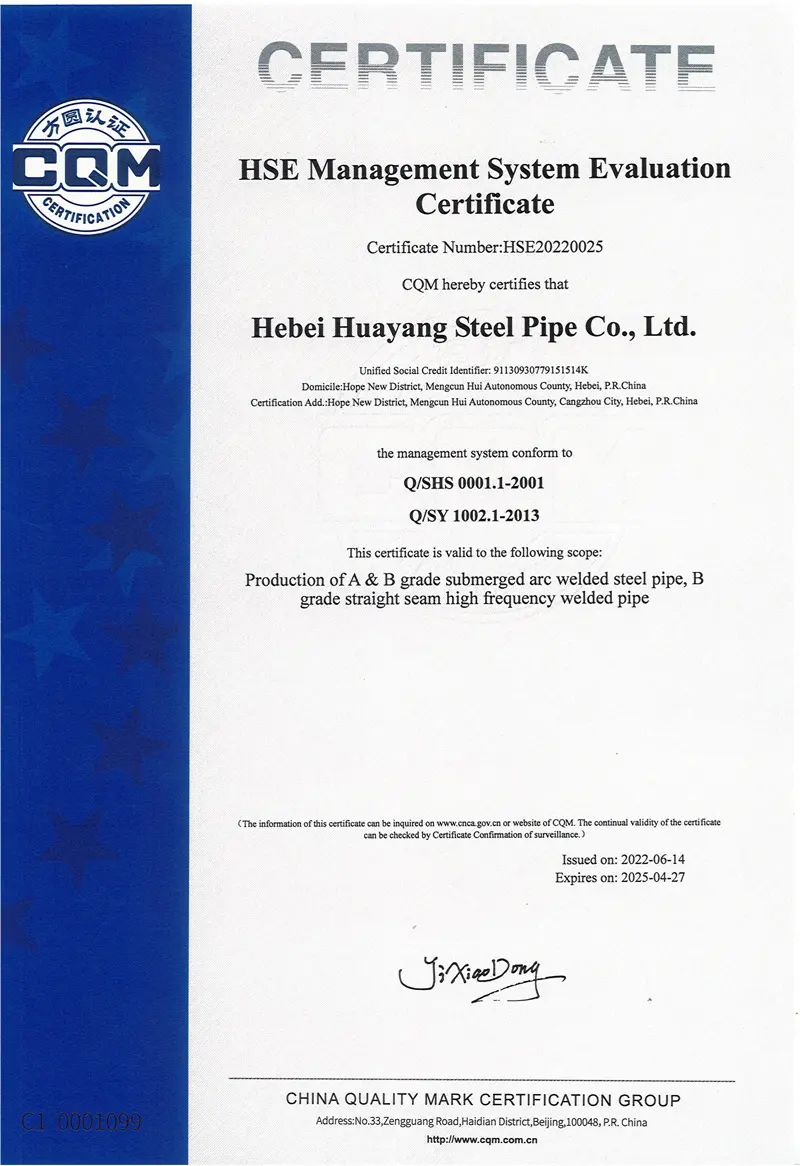
Nov . 06, 2024 17:32 Back to list
Comparative Analysis of HEC and HPMC in Pharmaceutical Applications and Formulations
A Comparative Study of Hydroxyethyl Cellulose (HEC) and Hydroxypropyl Methylcellulose (HPMC)
Introduction
Hydroxyethyl cellulose (HEC) and hydroxypropyl methylcellulose (HPMC) are two widely used cellulose derivatives in various industries, including pharmaceuticals, food, cosmetics, and construction. Both HEC and HPMC serve as thickeners, emulsifiers, and stabilizers, but they possess distinct properties that make each suitable for specific applications. This article will delve into the differences and similarities between HEC and HPMC, focusing on their chemical structures, properties, applications, and compatibility with other materials.
Chemical Structure
The primary difference between HEC and HPMC lies in their chemical structure. HEC is derived from cellulose by the substitution of hydroxyl groups with hydroxyethyl groups. This modification enhances its water solubility and creates a thickening agent that is non-ionic and effective at various pH levels. HPMC, on the other hand, is formed by introducing hydroxypropyl and methyl groups into the cellulose structure. The presence of these groups allows HPMC to exhibit unique rheological properties, making it highly useful in formulating products that require controlled viscosity and gel formation.
Properties
The properties of HEC and HPMC differ significantly, influencing their respective applications. HEC is known for its excellent thickening ability and water retention, making it ideal for use in products such as paints, adhesives, and construction materials. It creates a smooth texture and enhances the spreadability of formulations. HPMC, by contrast, has superior film-forming capabilities, making it useful in the pharmaceutical industry for controlled drug release systems. HPMC is also thermoresponsive — its viscosity decreases with rising temperature, a property advantageous in certain food products where consistency must change with cooking.
hec vs hpmc

Applications
HEC finds extensive applications in industries ranging from pharmaceuticals to construction. In the pharmaceutical sector, it is often used as a thickener in creams and lotions, enhancing the stability and consistency of formulations. In construction, HEC is utilized in cement, grout, and paint formulations, providing improved workability and adhesion.
In contrast, HPMC is prevalent in the food, pharmaceutical, and cosmetic industries. It functions as a stabilizer in ice creams and sauces, preventing ice crystal formation and enhancing mouthfeel. In pharmaceuticals, HPMC is often employed in tablet formulations where controlled release of ingredients is desired. Its film-forming properties make it suitable for coatings that mask taste or odor.
Compatibility with Other Materials
When considering compatibility, both HEC and HPMC exhibit favorable attributes. HEC is compatible with a wide range of anionic and cationic polymers, making it versatile in various formulations. HPMC’s properties allow it to be used in combination with other polymers to enhance the performance of products. For instance, combining HPMC with other hydrocolloids can improve texture and stability in food applications.
Conclusion
In summary, while HEC and HPMC share many functional similarities as cellulose derivatives, their differences in chemical structure and properties dictate their unique applications across different sectors. HEC excels in thickening and water retention, promoting its use in construction and adhesive products, whereas HPMC’s film-forming and thermoresponsive characteristics make it invaluable in pharmaceuticals and food formulations. Understanding these distinctions is crucial for manufacturers and formulators aiming to optimize product performance and meet industry standards. As research continues, further advancements in cellulose derivative applications may pave the way for innovative formulations that leverage the unique benefits of HEC and HPMC.
-
Versatile Hpmc Uses in Different Industries
NewsJun.19,2025
-
Redispersible Powder's Role in Enhancing Durability of Construction Products
NewsJun.19,2025
-
Hydroxyethyl Cellulose Applications Driving Green Industrial Processes
NewsJun.19,2025
-
Exploring Different Redispersible Polymer Powder
NewsJun.19,2025
-
Choosing the Right Mortar Bonding Agent
NewsJun.19,2025
-
Applications and Significance of China Hpmc in Modern Industries
NewsJun.19,2025







